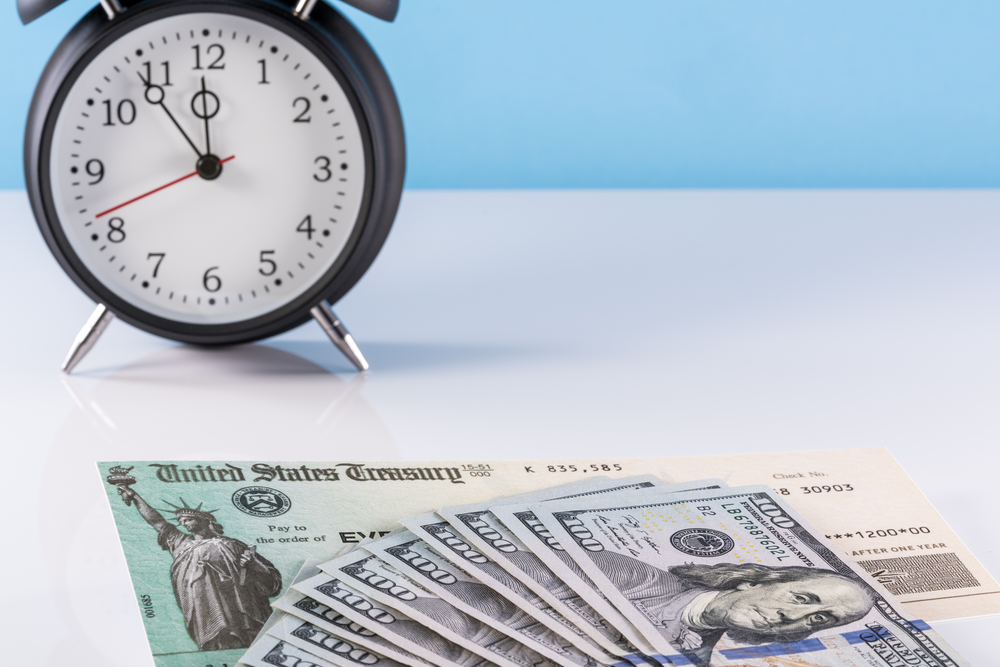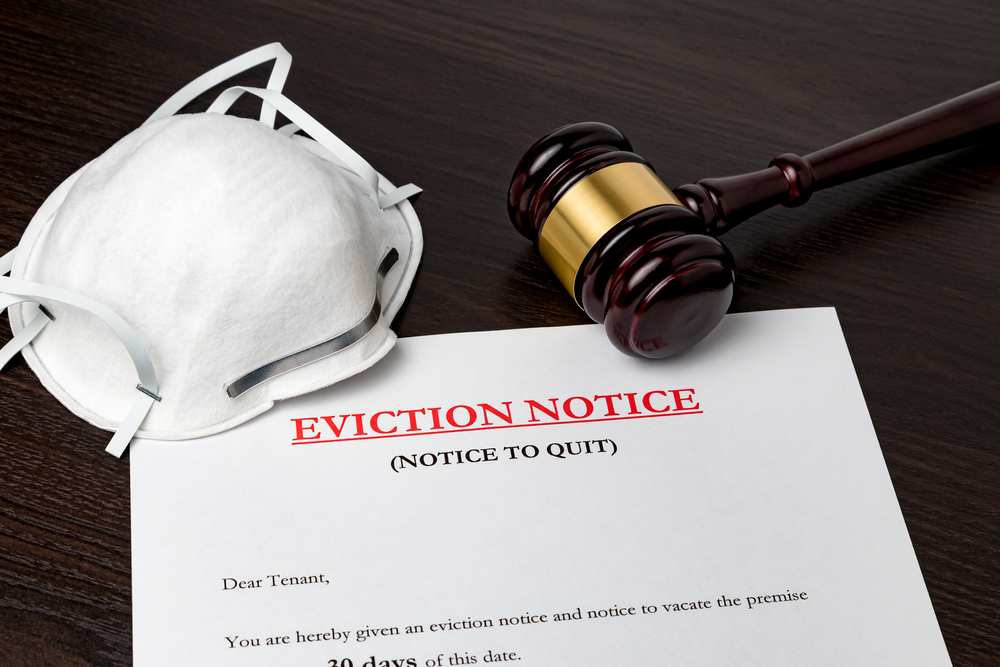How can you pay bills when you’re out of work or your hours have been cut? That’s a question many people have had to answer since the coronavirus made its unwanted appearance last year.
With so many businesses shuttered and our lives turned upside down, you were probably forced to scramble for ways to earn income. Then along came the government with a bit of help in the form of stimulus checks.
Stay safe and get protection now.
Norton helps block hackers from your devices, keep your online activity private, and protect your identity, all-in-one. It’s never been easier.
If you’re out of the loop as far as coronavirus stimulus checks go, we’ll get you up to date so you can see what you should have received to give your bank account a little boost.
Before we get into those stimulus payments’ specifics, let’s get a little background on them as a refresher.
The federal government has announced two rounds of Economic Impact Payments so far. The first announcement came in March of last year, when COVID-19 was still relatively new. That stimulus offered $1,200 payments for each eligible adult and $500 per dependent child in the household.
For many months after that, there was plenty of chatter regarding new stimulus payments. But the next round wasn’t authorized until December 2020. With the second round of stimulus, the amount per adult dropped to $600 each. Payments for eligible children jumped $100 to $600 each.
How to Receive Your Economic Impact Payment
You should have received your stimulus payments by now in the mail as a check or prepaid debit card, or via direct deposit to a bank account. If you haven’t, you’re certainly not alone, as many people have reported that they’re still waiting on their checks. What can keep you from receiving yours? Two main things:
- You’re not eligible for stimulus payments.
- You haven’t filed a 2020 tax return.
We’ll discuss eligibility requirements in a second. If you haven’t filed a 2020 tax return, you’ll need to do so to receive your Economic Impact Payments. This applies even if you do not typically file a return, too, as it’s used to determine eligibility.
You can get started with filing your tax return by visiting the MyFreeTaxes website. They’ll offer you free assistance with filing so you can get the ball rolling. If you’ve filed taxes and are unsure about where your stimulus checks are, you can contact the 211 Economic Impact Payment Helpline at 844-322-3639 or get in touch with IRS-certified volunteers for help.
Economic Impact Payment Eligibility
What does it take to receive COVID-19 stimulus checks? For starters, you can’t be a dependent on someone else’s tax return. You must also be a U.S. citizen or resident alien and have a valid Social Security number.
Once you fulfill those requirements, you’ll need to check that your income isn’t too high. Your adjusted gross income can be as much as $75,000 for an individual, $112,500 for a head of household, and $150,000 for a married couple filing jointly. Those limits can reach $99,000, $136,500, and $198,000, respectively, but you’ll receive a lower payout than the maximums listed above.




